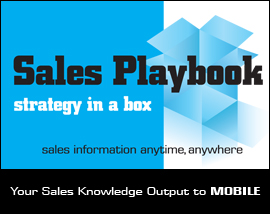Cold Calls & Newsletters as Business Strategies

Cold Calls
We describe cold calls as a “push” strategy, meaning it may be viewed as obtrusive. However, if you are able to get your initial message out quickly as to why there is value in them listening to you, you are golden. Grabbing their attention is step one, but the key to successful cold calls is keeping the focus on how they can benefit from your product or service. If you do this correctly cold calls can get you faster results than most other marketing methods.
Approaching cold calls can be daunting at first. It’s always important to open with your name and where you are calling from. Don’t ask them how they are, but instead state why you are calling right off the bat. Be concise, express value, and create interest so they continue to listen. The two most important pieces of this whole process are reaching the right people within the organization (determining your target audience) and developing a benefit statement that is compelling.
For most people, the challenging part of cold calls is walking that line between being pushy and attempting to generate interest. If you approach the call with an expectation to be in communication with them in the future, they will see you are not trying to sell something over the phone that day, but rather attempting to create a relationship that could be valuable to them later on.
A few common mistakes associated with cold calls is pushing to hard and sounding too much like a salesperson. Avoid these and do your best to not sound like an assistant for the person you are calling for – most people can see right through this. Closing a cold call seems to be an issue for some people too. Always remember that the point of a cold call isn’t to close with a sale, but to move the opportunity further along by gaining the potential customer’s trust.
Newsletters
Newsletters are a form of drip marketing, which is a strategy in which you provide small chunks of information to the customer or prospect over time through an opt-in email campaign. The regulatory and visibility of the constant touches feed the image and awareness about your product or service – it is no different than traditional advertising. However, with today’s technologies we can segment the content, frequency and audience based on what we know about the customer or prospect.
Implementing newsletters in your marketing mix is about a longer term touch program that keeps your name and solutions at the front of people’s minds. They are a fantastic means of keeping both customers and prospects up to date with industry news, your latest offerings, and how you are solving problems that they may be experiencing. It is a nice way to build a profile for your business, with the end goal being them remembering you if they do need something.
Newsletters, with the right content that delivers valuable information, can really work for any industry. Though they do work best if you are offering a higher end product (as lower priced transactional businesses don’t have the same chance to build trust), they remain a low cost marketing method that provides a very targeted list of customers and prospects information on your business.
Including a variety of topics and keeping your content short and to the point is key. Also, make sure when generating content it is not coming off as a sales pitch. Other than content the most important aspect of a newsletter is imagery. Whether it’s an embed video or a simple stock photo attached to a hyperlink, these will be clicked more than the content will be read.
Pro tip: never exceed more than 12 newsletter per year. Quarterly is a good minimum.


